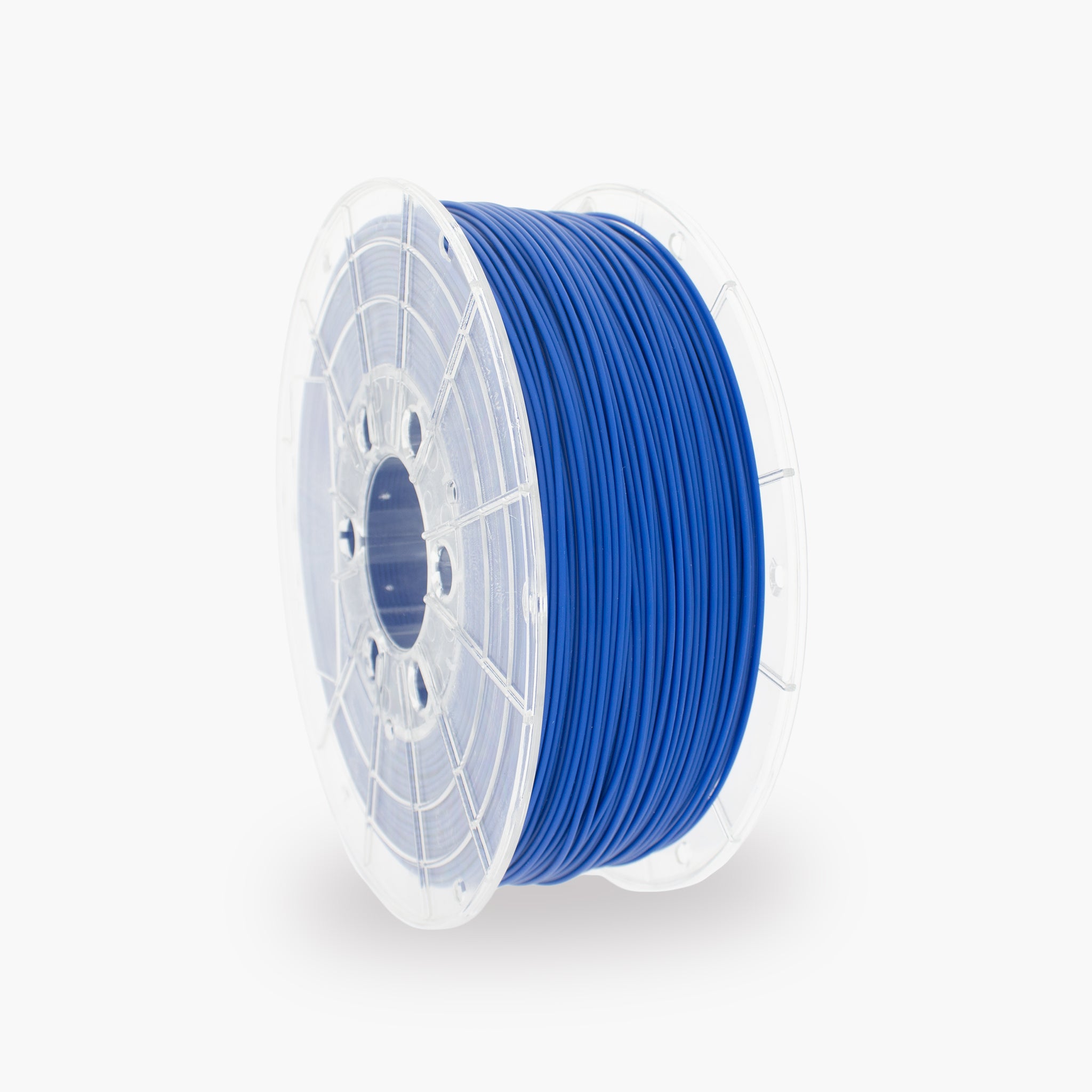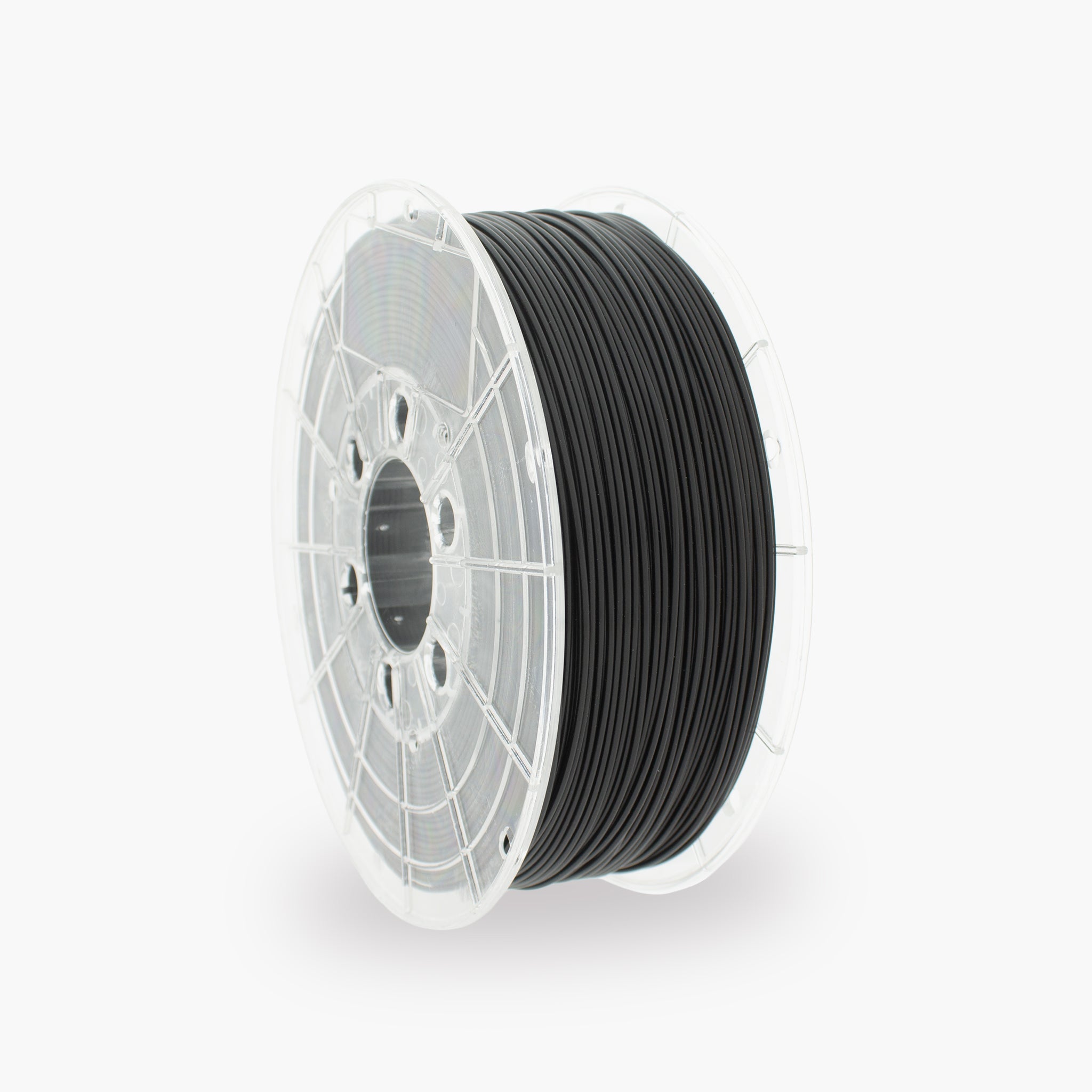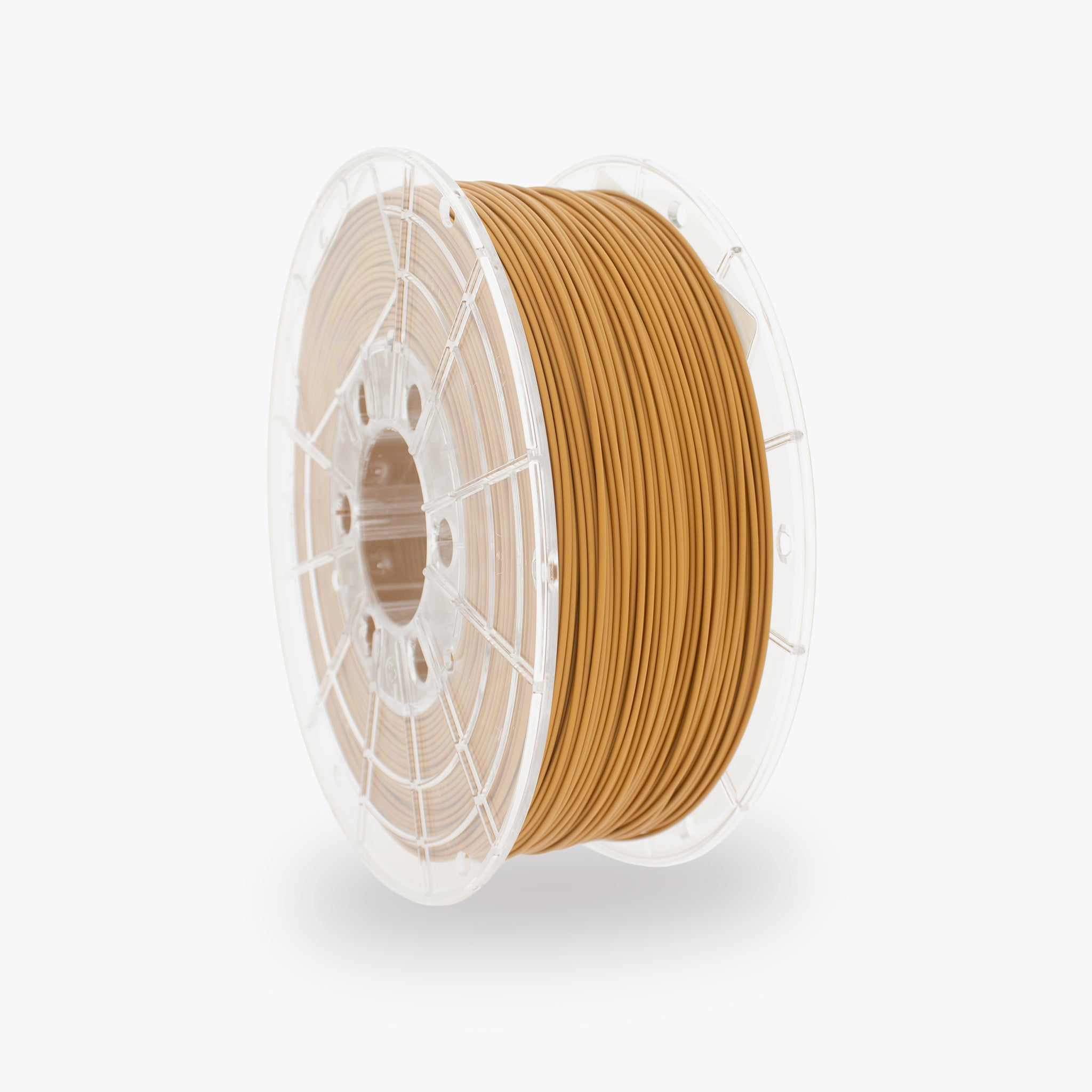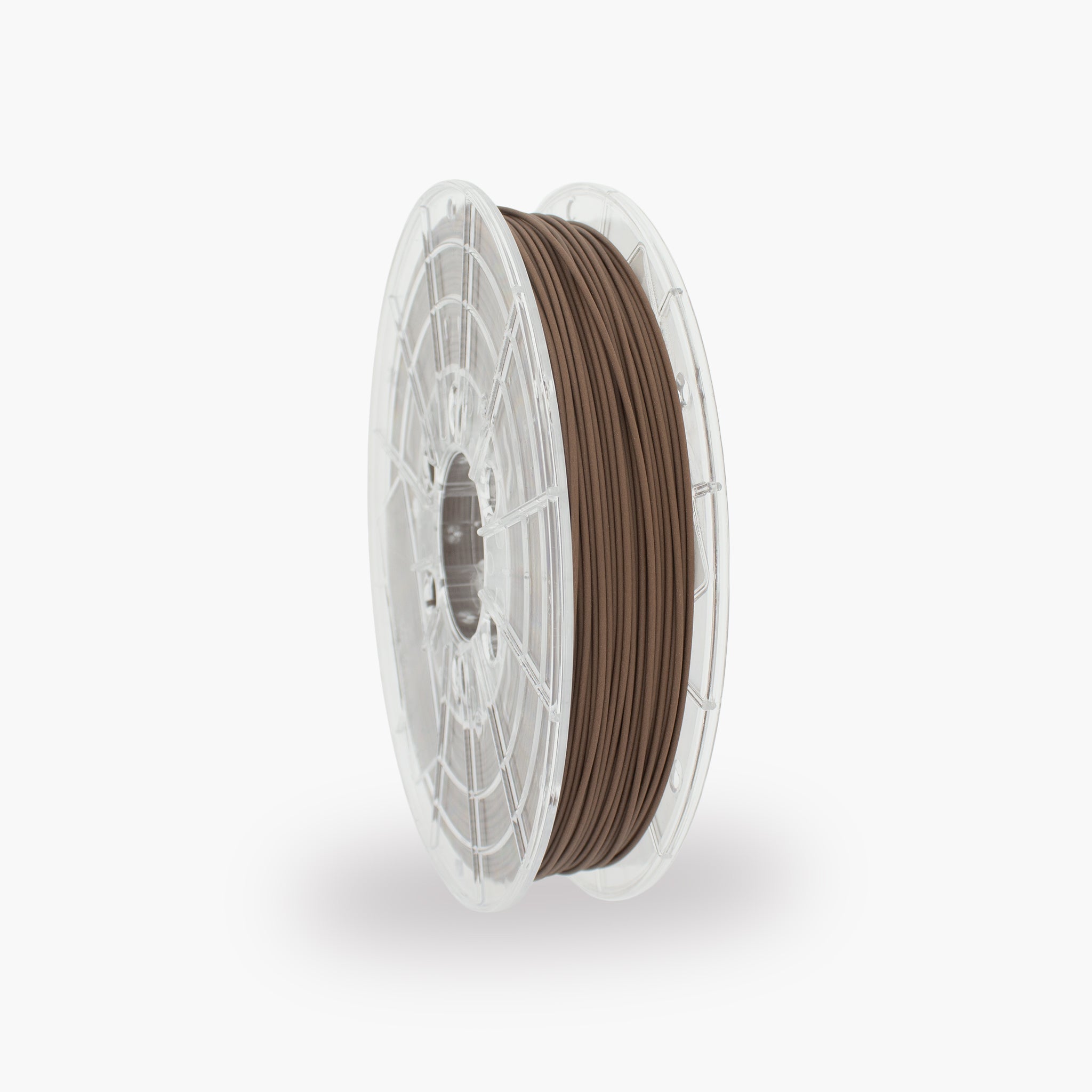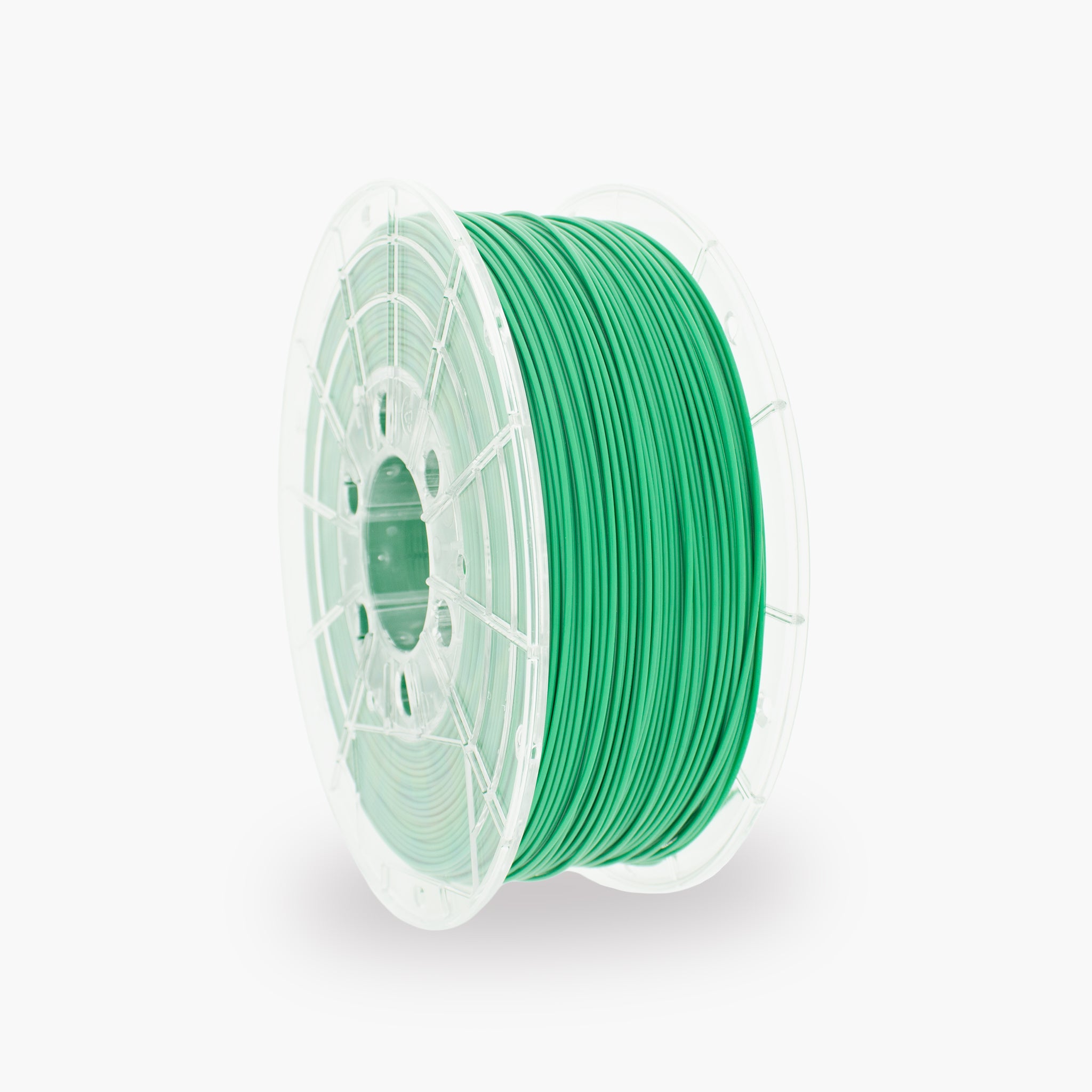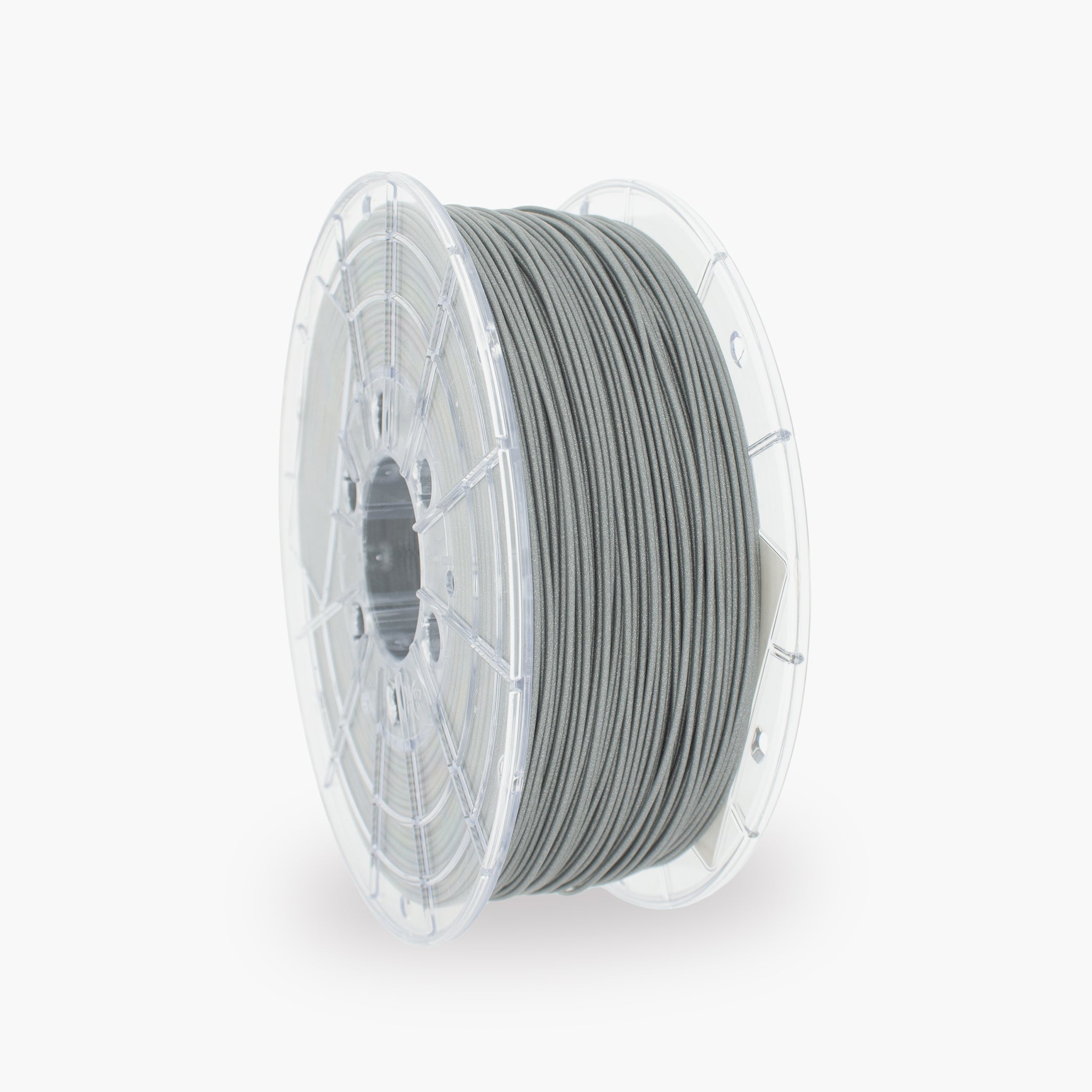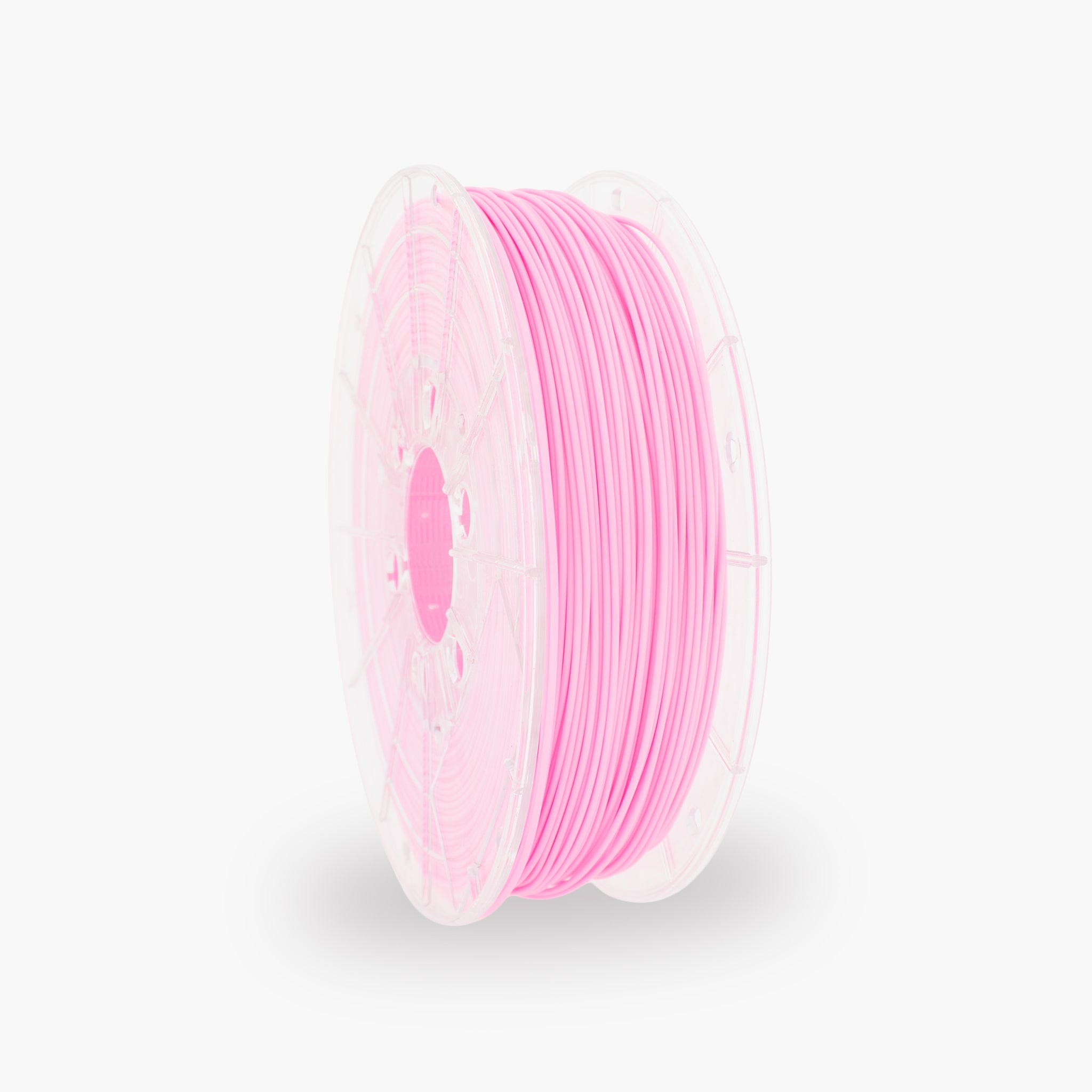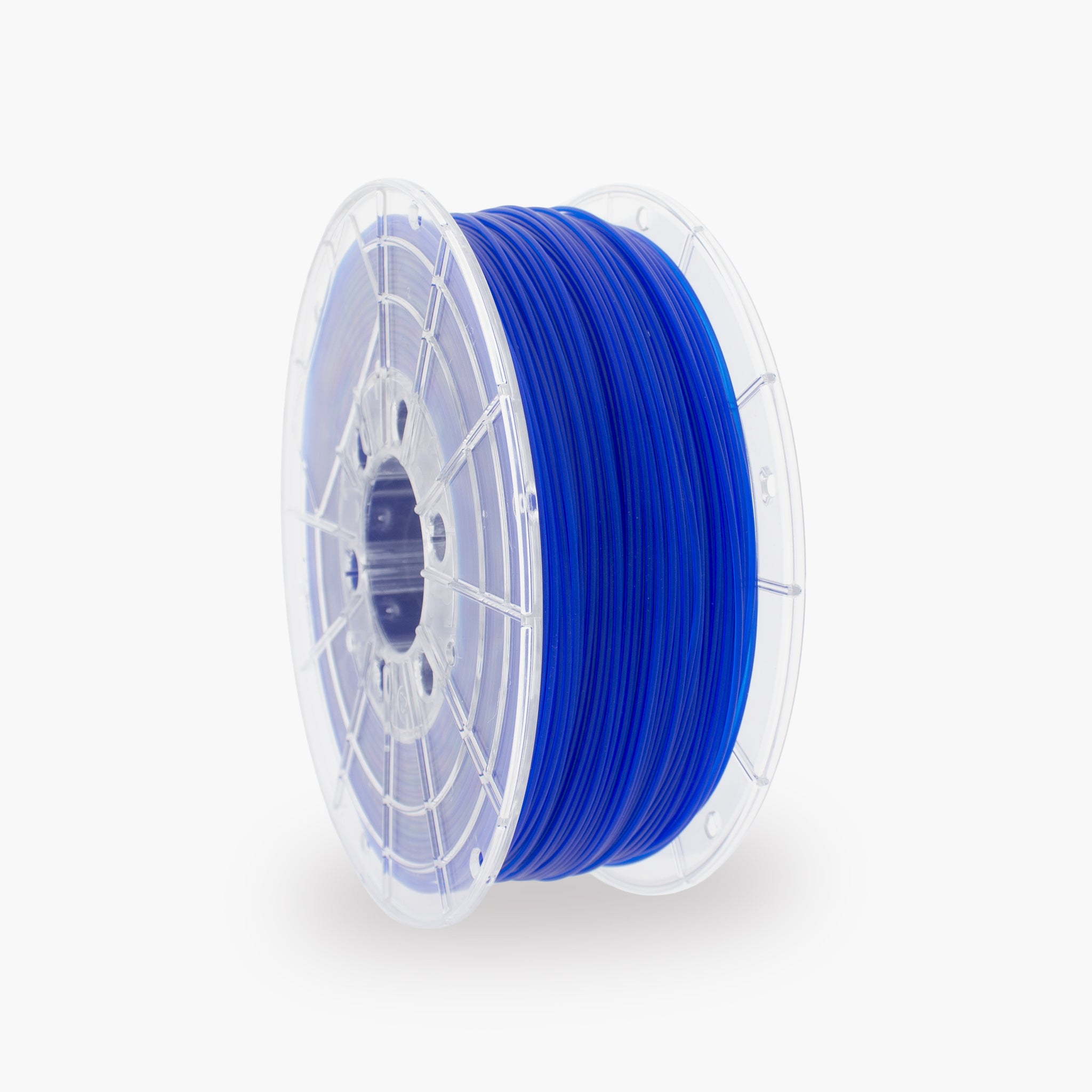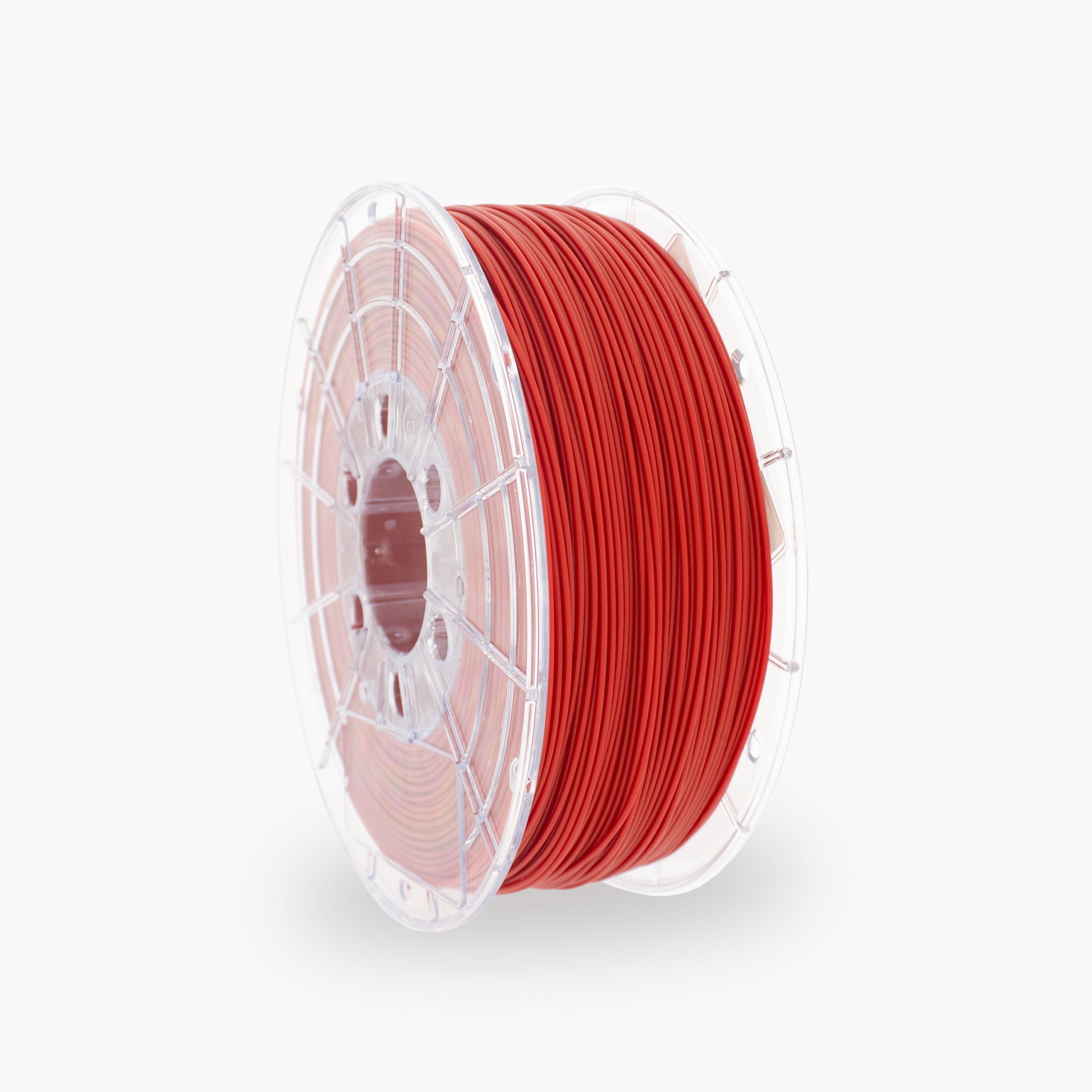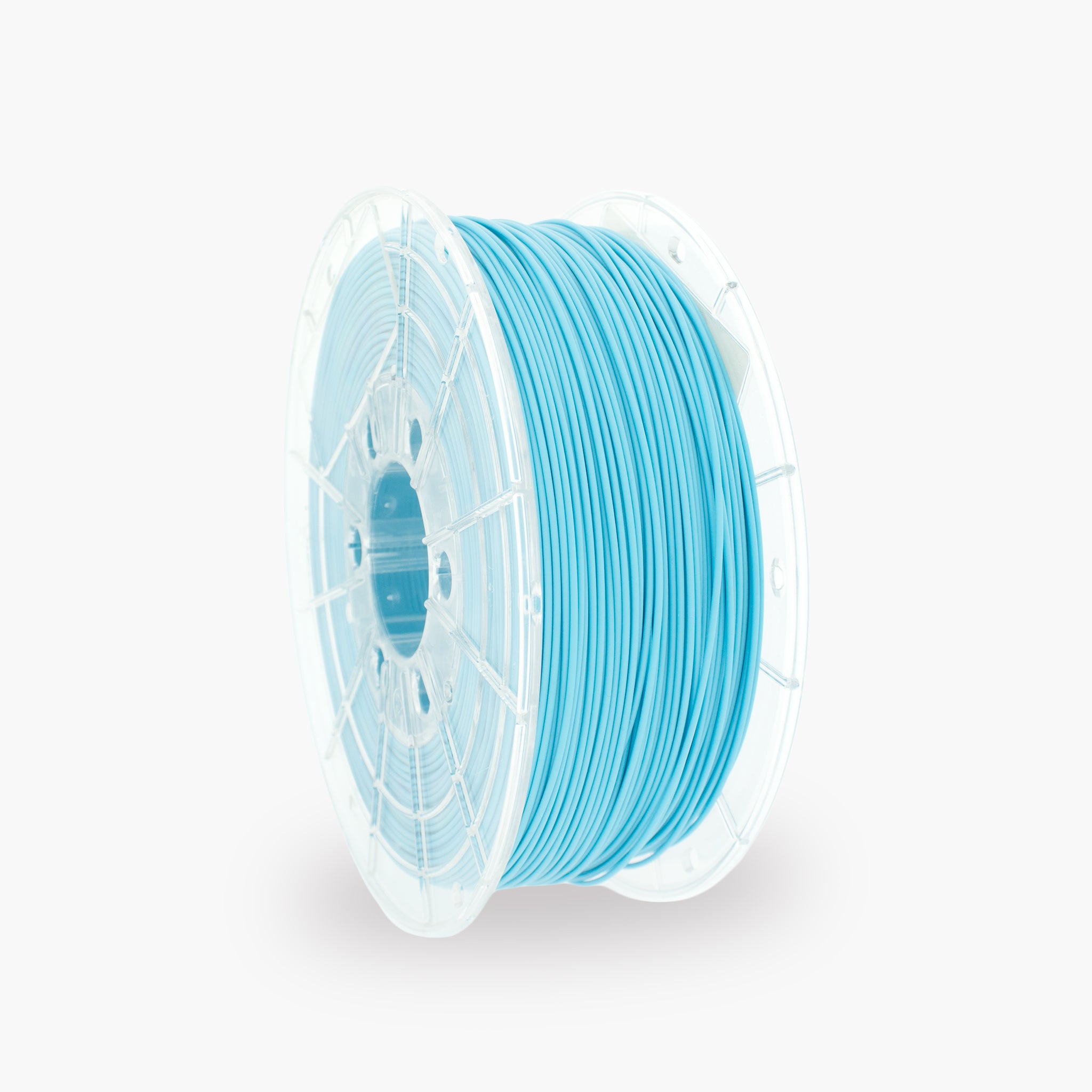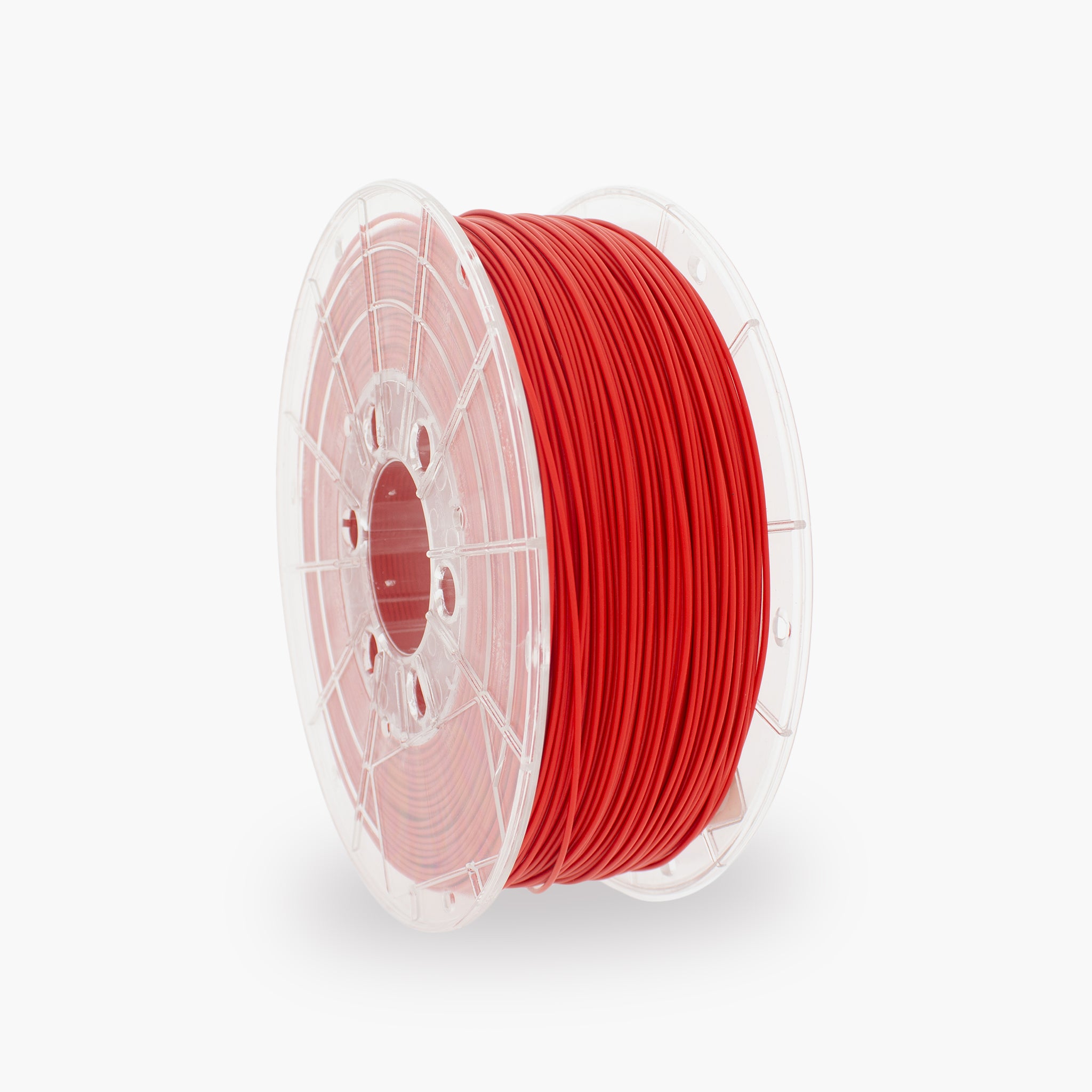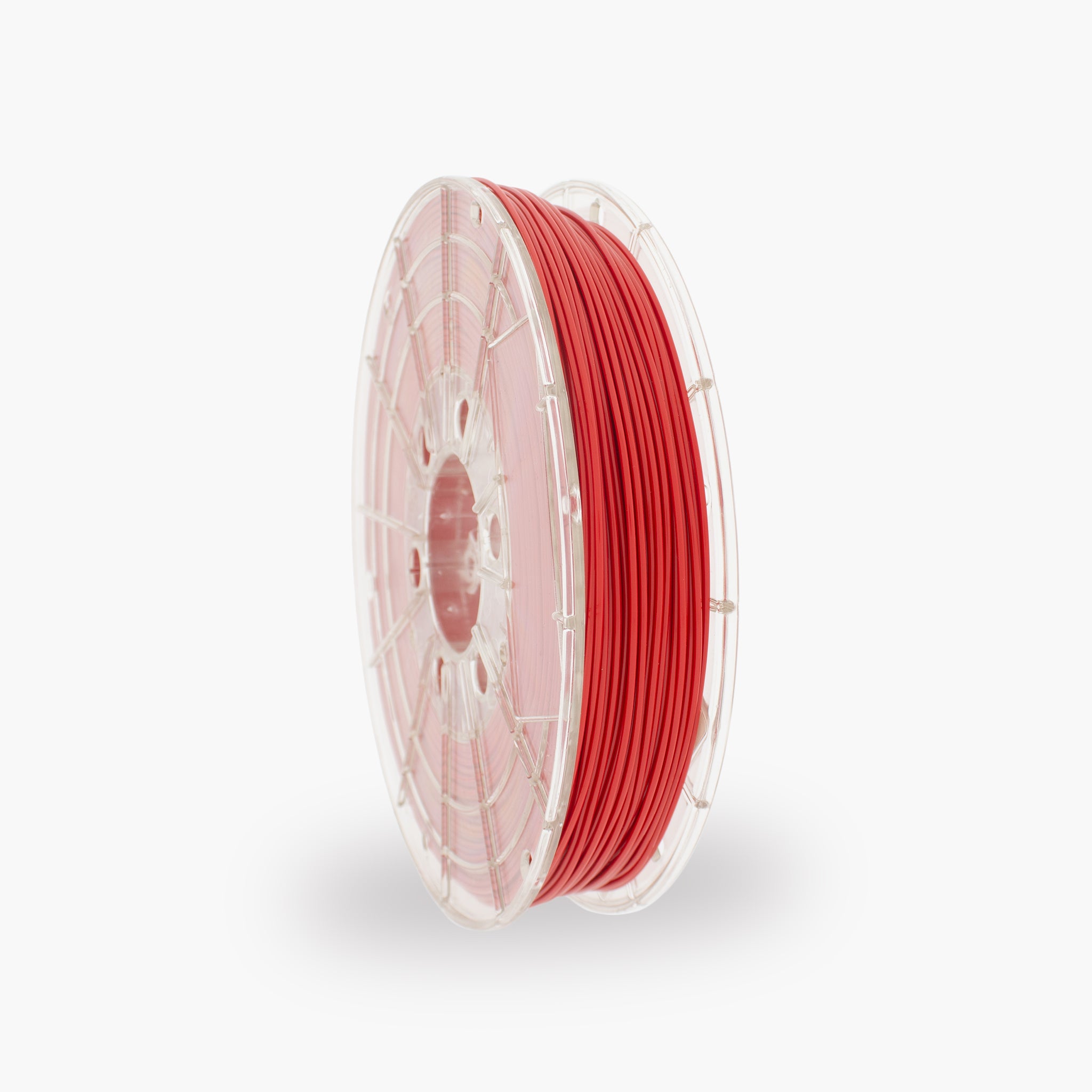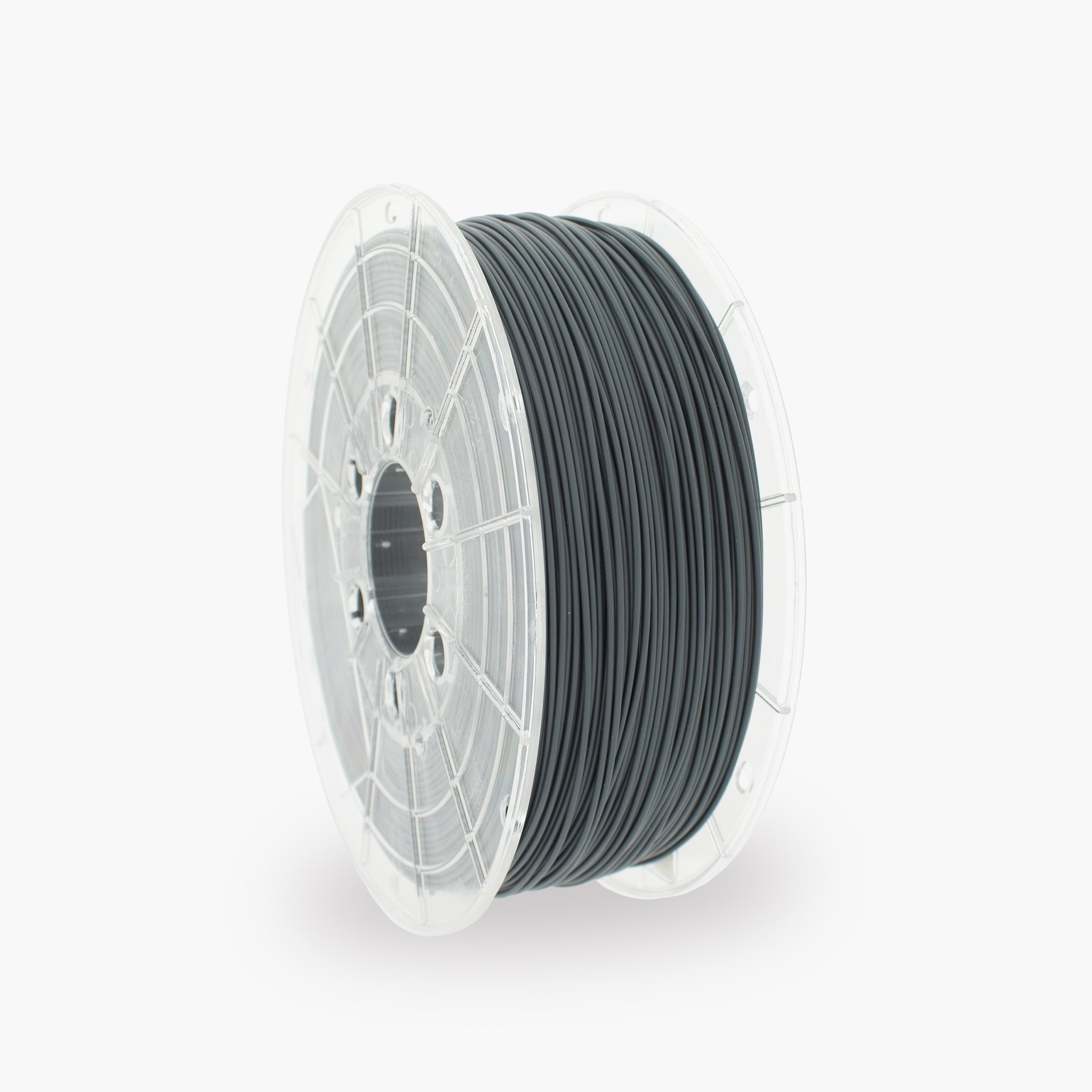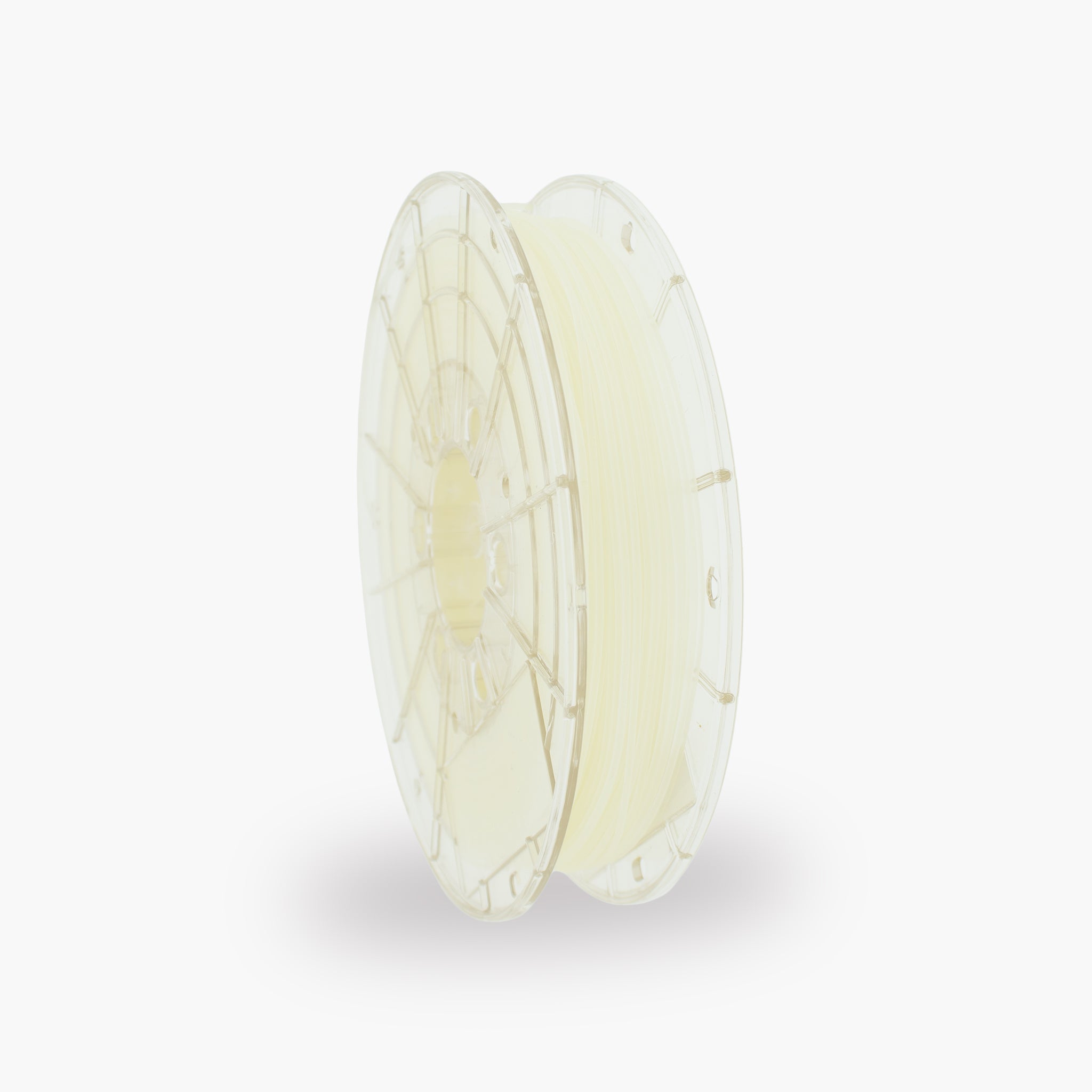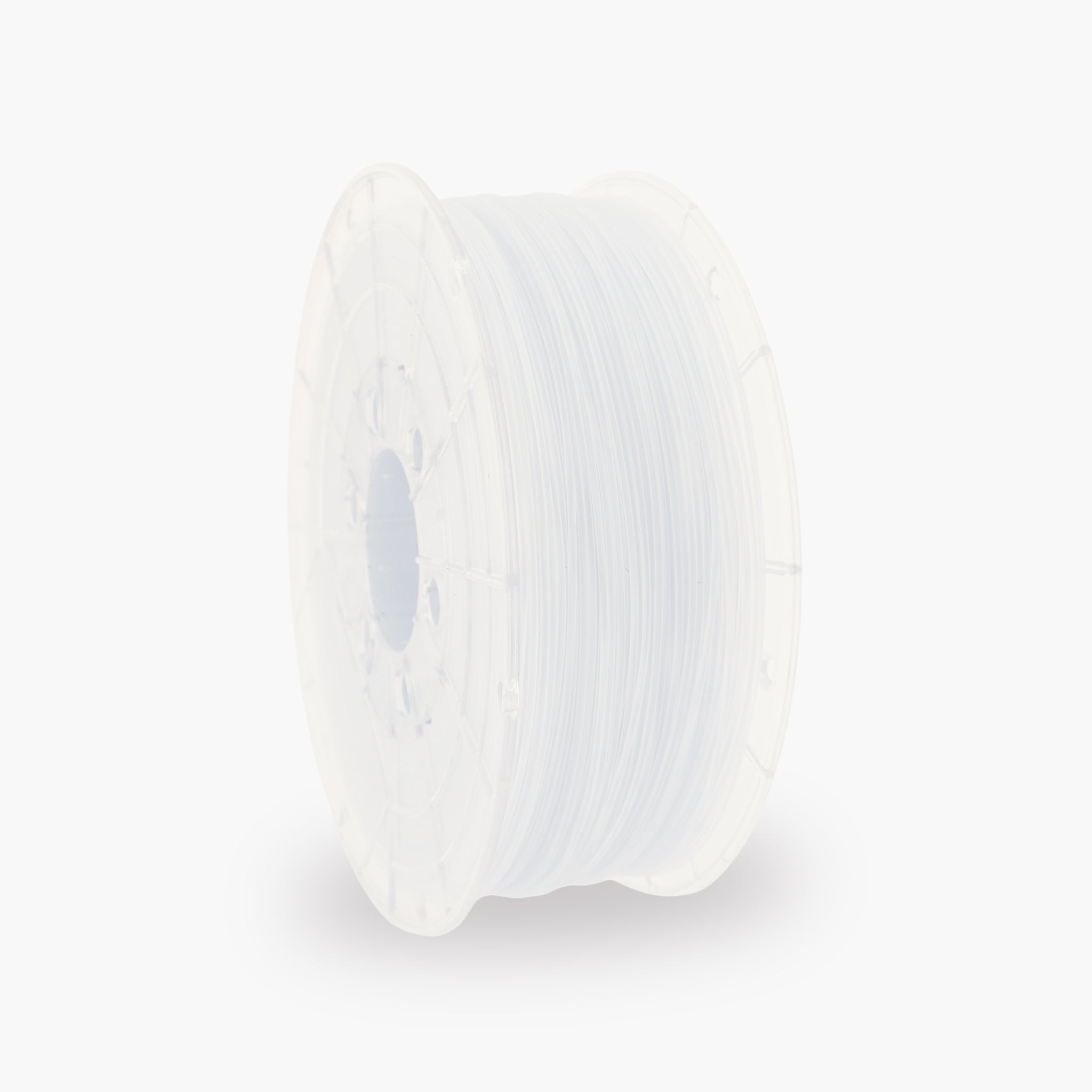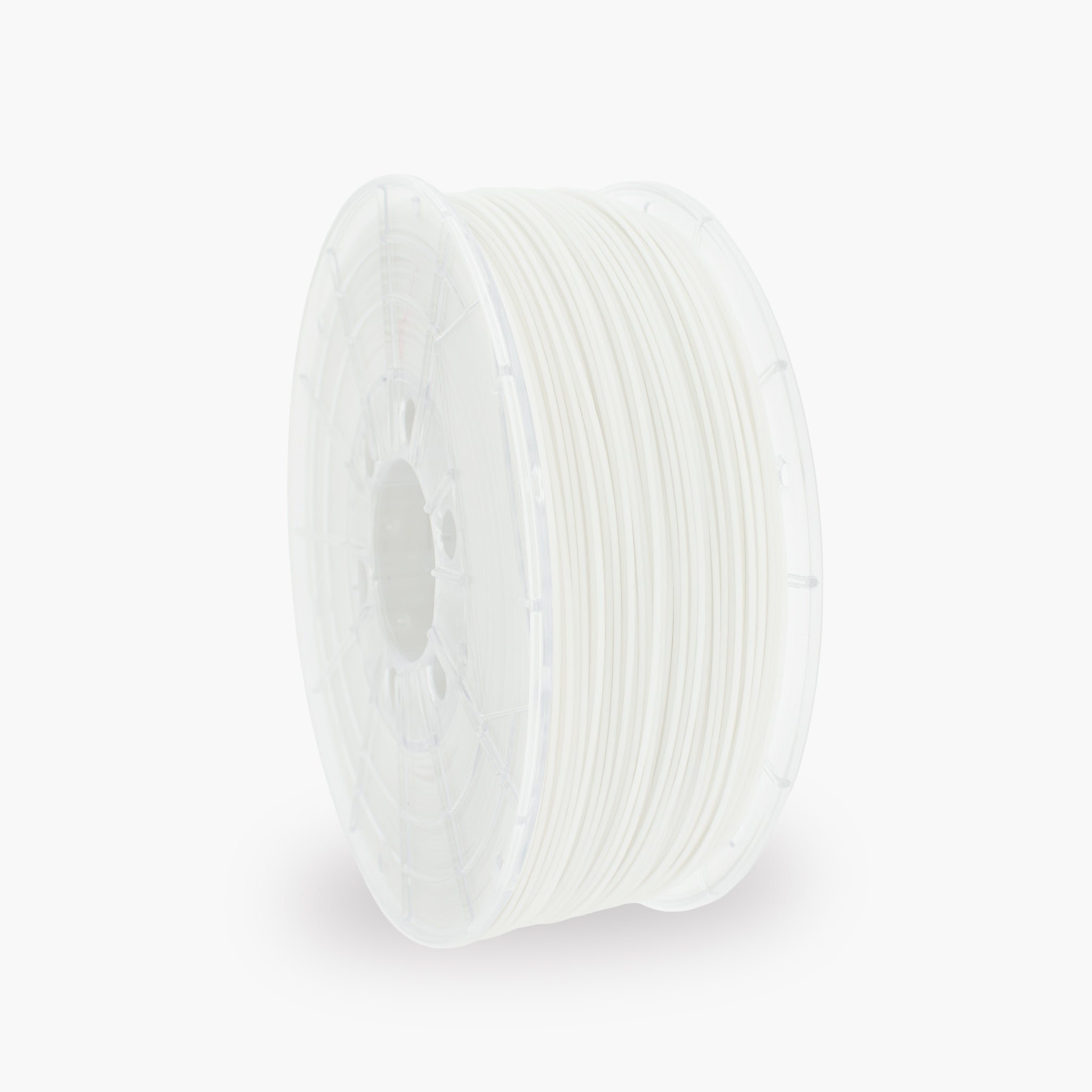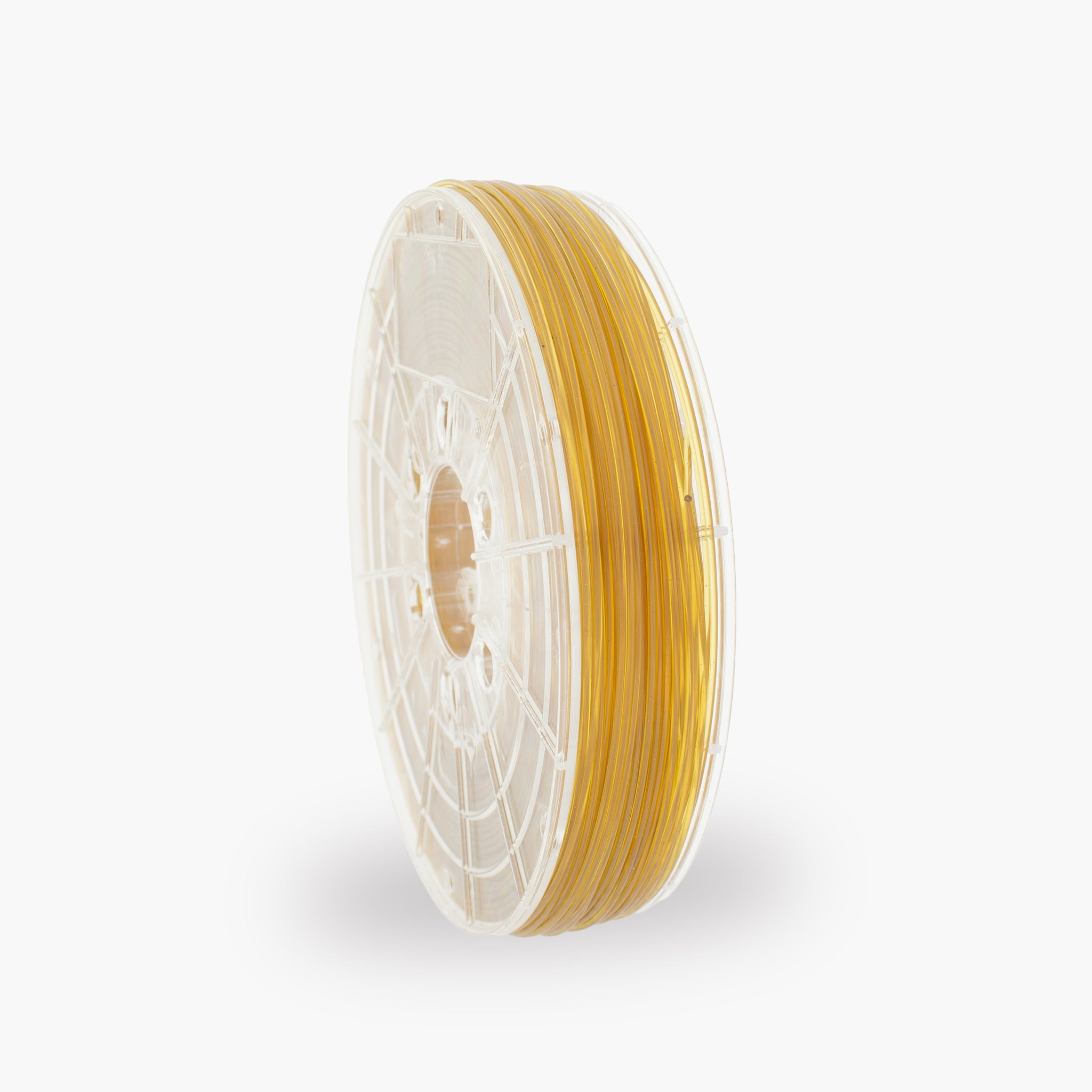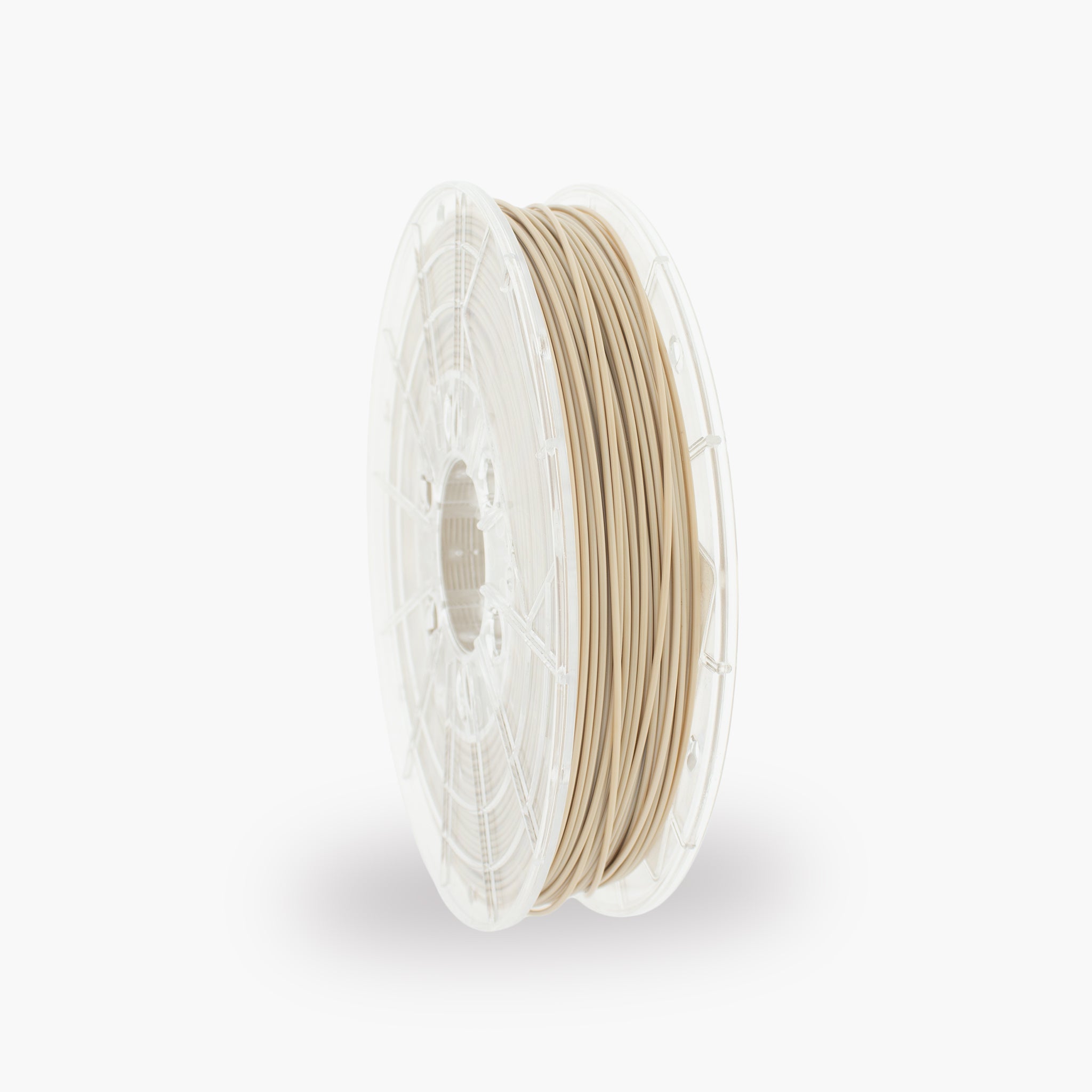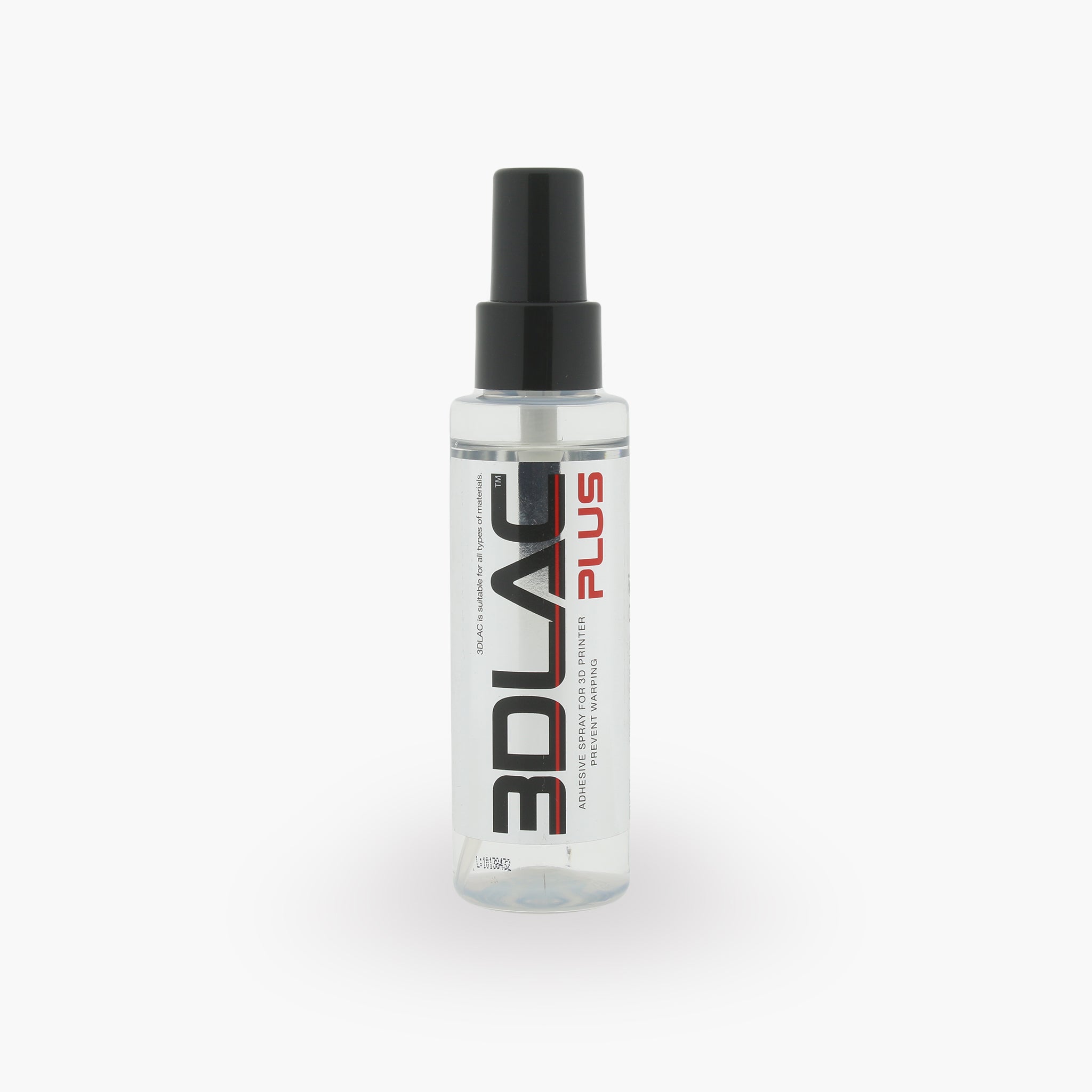Sort by:
TPU 3D Printer Filament
In the world of 3D printing, the rise of flexible filaments, such as Thermoplastic Polyurethane ( TPU ), has significantly expanded the options for hobbyists and professionals alike. TPU is known for its flexibility, durability and ability to replicate fine details, making it a favorite material for a wide range of applications. In this article, we explore the world of TPU 3D filament, including its advantages, disadvantages and essential printing tips. Furthermore, we emphasize the importance of using ISOPROPYL Alcohol for optimal printing results.
What is TPU ?
TPU , or Thermoplastic Polyurethane, is a type of flexible, but durable material often used in 3D printing. It combines the elastic properties of rubber with the versatility and processability of thermoplastics. This makes TPU uniquely adaptable for applications that require a certain degree of flexibility, such as phone cases, shoe soles, and flexible joints for robots.
What are the Benefits of TPU Filament?
-
Flexibility and Elasticity
TPU filaments provide unparalleled flexibility and stretchability, allowing designers and engineers to create complex parts that bend or stretch without breaking.
-
Durability and Wear Resistance
Thanks to its high abrasion resistance and durability, TPU is resistant to shock, abrasion and many chemicals, making it ideal for use in demanding environments.
-
Detail accuracy
TPU can be printed with high precision, resulting in detailed finishes and complex geometries that are more difficult to achieve with other materials.
What are the Disadvantages of TPU Filament?
-
Printing difficulty
TPU requires fine-tuned print settings and possibly specific hardware adjustments due to its elasticity, making it less suitable for beginners.
-
Slower Print Speed
To ensure print quality, printing is often required at slower speeds, which increases overall print time.
-
Cost
Compared to standard PLA or ABS filaments, TPU can be more expensive, which may be a consideration for projects on a budget.
What are Tips for Printing with TPU ?
- Use a Direct Drive Extruder: This provides better control over the filament and minimizes the risk of blockages.
- Reduce Print Speed: A slower speed improves adhesion between layers and reduces the chance of errors.
- Optimize Retraction Settings: A fine retraction setting prevents threads and improves overall print quality.
- Increase Bed Temperature: A warm print bed helps with first layer adhesion, which is crucial for a successful print.
- Use ISOPROPYL Alcohol for Bed Cleaning: For optimal first layer adhesion, it is advisable to clean the print bed in advance with ISOPROPYL Alcohol. This ensures a clean and grease-free surface, which improves the adhesion of TPU to the bed.

